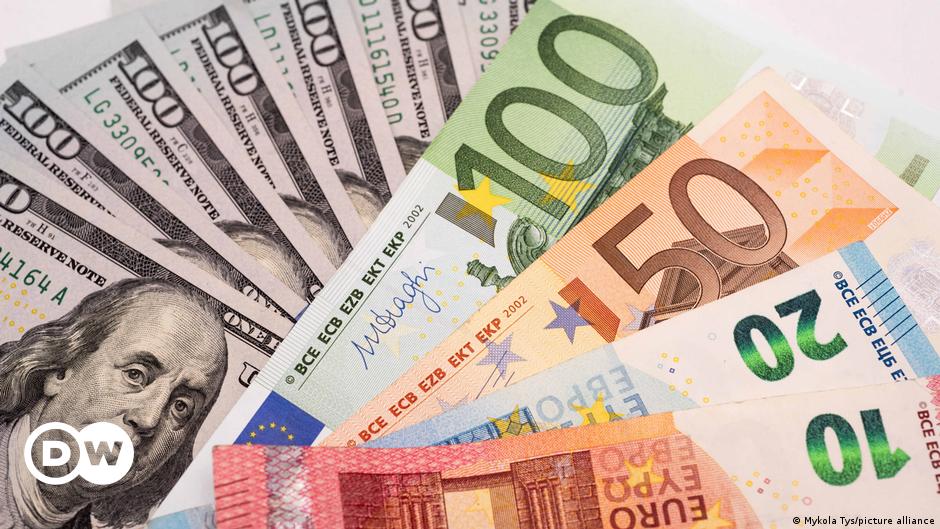The Steep Slide of the US Dollar
The US dollar has been on a steep slide in 2025, falling over the euro since January and over 8% compared to the Japanese Yen. This dramatic weakening results from a perfect storm of economic and political shifts under Trump 2.0. The dollar was overrated after decades of rally, while stronger growth prospects in Europe and Japan also led investors to withdraw capital from the United States to their home markets.
The Impact of Trump’s Tariffs
The real vulnerability in the Greenback arose when US President Donald Trump returned to office in January and two months later imposed aggressive tariffs on US imports from dozens of trading partners, including a 10% tariff on the European Union. These trade barriers, combined with fears of retaliation measures by key partners such as Canada and China, supported longer uncertainty and dampened the appetite of investors for US assets.
Economic Red Flags
The bales of the US government’s debts, which have strengthened to 124% of gross domestic product (GDP), lasting budget deficits, and a US credit rating recently downgraded by Moody’s, have also raised red flags that have driven investors towards euros, yen, and Swiss Francs, and gold, which reached an all-time high in April.
Euro Strength and Tariffs: A Painful Combination for European Exporters
European manufacturers are now trying to adapt to a much stronger euro. The companies are not only waiting for the new exchange rate regime but also expecting a deal to avoid much higher tariffs on EU exports to the United States, which make their products less attractive for US consumers and companies. Economist Gian Maria Miles-Ferretti believes that the combination of euro strength and new tariffs for European exporters will be "painful".
The Impact on EU Exports
The Think Tank Bruegel, based in Brussels, recently estimated that EU exports to the United States could decrease by up to 1.1% if no deal is reached. Other analysts believe that higher tariffs and a weaker dollar will also be a double whammy for US consumers and companies. Thorston Beck, director of the Florence School of Banking and Finance, notes that a large part of EU imports to the United States are not final goods, and if these goods become more expensive, the products they produce will also be more expensive.
The Most Affected Sectors
Last year, the EU exported almost €532 billion (625 billion US dollars) to the United States, according to Eurostat, the EU statistical authority. Pharmaceutical products made up the largest part, with more than a fifth of the drugs produced by the EU moving across the Atlantic, followed by cars, industrial machines, and aviation. The EU countries export around 750,000 vehicles to the USA a year, which is 14% of the total volume production of the EU car industry and 24% in relation to the value.
Is the Euro Too Strong?
Since the US debt pollution for the second half of the year remains a concern for investors, the euro is expected to continue to increase. Bank of America predicts that the euro could reach a value of $1.20 compared to $1.1759 by the end of 2026. Others are more bullish, forecasting that the euro could increase up to $1.36 by the end of the year.
The Future of the Dollar
It is predicted that the dollar will continue to weaken as Trump tries to pass legislation extending the tax reductions of the Republican President in 2017 and adding new tax benefits. The slump in the dollar this year has also strengthened the narrative about the status of the Greenback as the global reserve currency. More than half of global trade calculations are in dollars, and almost 90% of foreign exchange transactions are in dollars.
The Rise of Alternative Currencies
China and other BRICS nations want to reduce their dependence on the dollar for trade, adding risks to the strength of the dollar. The BRICS Bloc has considered introducing a common currency, but has so far prioritized trade in local currencies, including oil trade in yuan with Russia. However, experts believe that the US dollar could remain weak beyond Trump’s second term, but that the Chinese yuan has difficulty replacing the US dollar due to trust issues.

